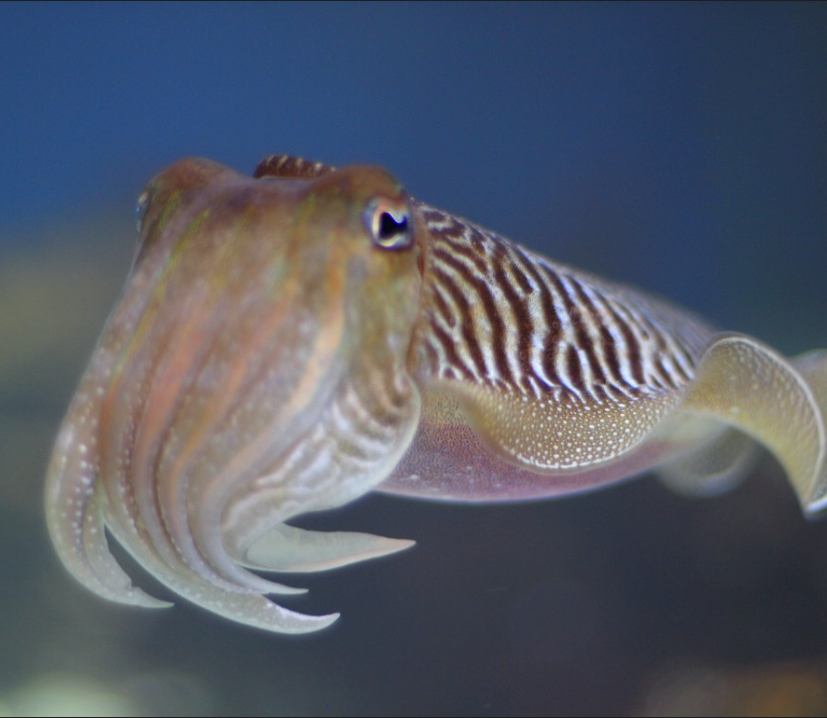Abstract
Summary To camouflage themselves on the seafloor, European cuttlefish Sepia officinalis control the expression of about 30 pattern components to produce a range of body patterns.1 If each component were under independent control, cuttlefish could produce at least 230 patterns. To examine how cuttlefish deploy this vast potential, we recorded cuttlefish on seven experimental backgrounds, each designed to resemble a pattern component, and then compared their responses to predictions of two models of sensory control of component expression. The body pattern model proposes that cuttlefish integrate low-level sensory cues to categorize the background and co-ordinate component expression to produce a small number of overall body patterns.2, 3, 4 The feature matching model proposes that each component is expressed in response to one (or more) local visual features, and the overall pattern depends upon the combination of features in the background. Consistent with the feature matching model, six of the backgrounds elicited a specific set of one to four components, whereas the seventh elicited eleven components typical of a disruptive body pattern. This evidence suggests that both modes of control are important, and we suggest how they can be implemented by a recent hierarchical model of the cuttlefish motor system.5,6

